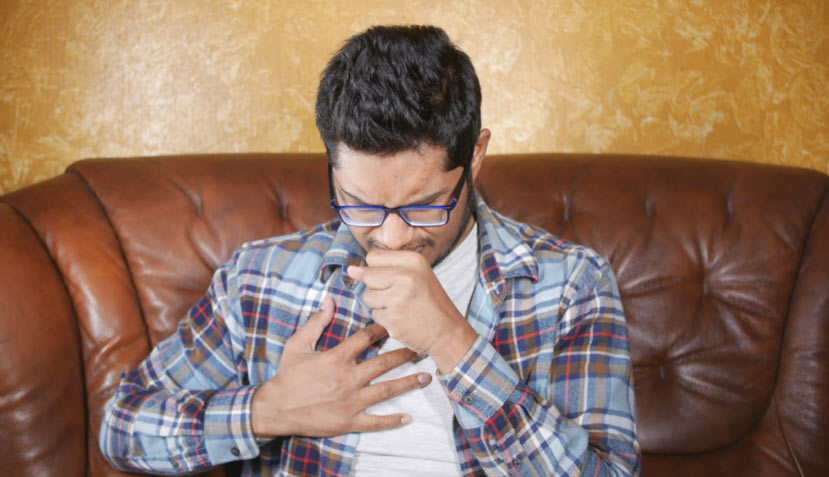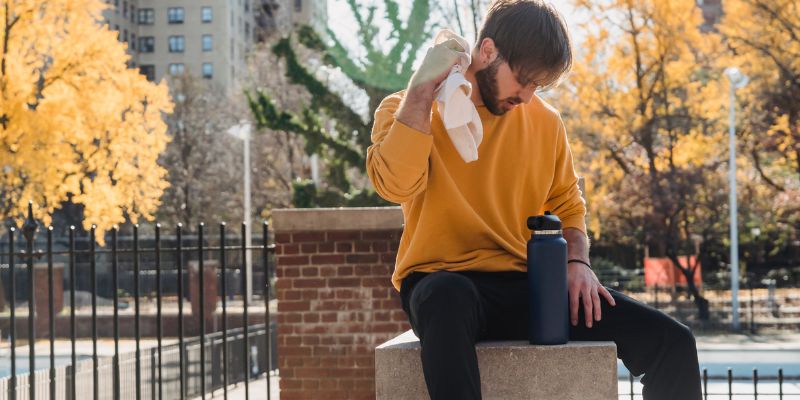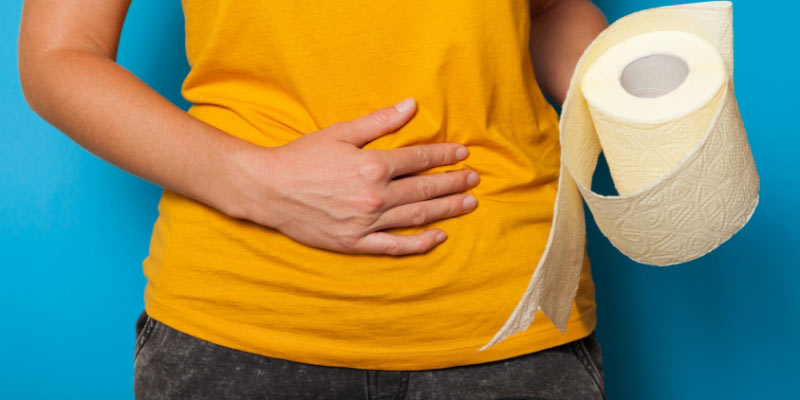
The air we breathe is vital to our health, and the quality of that air can significantly impact our overall well-being. A key pollutant in the air that threatens human health is second-hand smoke. But what is second-hand smoke? How does it manifest, and what are its consequences? This article delves deep into understanding the nuances of second-hand smoke, its symptoms, and the lasting effects it can have on individuals, emphasizing the importance of avoiding it to embrace optimal health.
What is Second-Hand Smoke?
Firstly, let's define what is second-hand smoke. Second-hand smoke aka passive smoking. It is also called as ETS (environmental tobacco smoke) many times. It is the kind of smoke that burns off the end of a cigarette, cigar, or pipe, and the smoke exhaled by the smoker. It is a mixture of over 7,000 chemicals, of which hundreds are toxic, and about 70 can cause cancer. This makes it one of the most toxic environmental hazards one can be exposed to, especially in indoor environments.
Unlike firsthand smoke, where the person willingly inhales the tobacco's smoke, second-hand smoke exposure happens involuntarily. That means innocent bystanders are often put at risk, particularly in confined spaces where there is a smoker.
The Dangers of Exposure to Secondhand Smoke
Tobacco smoke is riddled with a multitude of harmful substances, some of which are:
- Ammonia
- Lead
- Benzopyrene
- Formaldehyde
- Carbon monoxide
- Arsenic
- A particular variant of cyanide
These toxic substances are easily airborne, making their way into our lungs and bloodstream, elevating the risk of various diseases.
According to the U.S Surgeon General, residing with a smoker boosts the risk of developing lung cancer by an alarming 20% to 30%. Additionally, studies have found that being exposed to secondhand smoke potentially augments the risk of several other cancers, including cervical, kidney, nasopharyngeal, rectal, and brain tumors, by a staggering 30% or more.
But the threats don't stop at cancer. Secondhand smoke is also a known culprit for other health complications such as asthma and cardiovascular diseases. Certain groups are even more susceptible to the detrimental effects of passive smoke. This includes:
- Expectant mothers
- Seniors
- Children
- Individuals with respiratory or cardiac issues
Even brief encounters with secondhand smoke can cause immediate adverse effects like lung inflammation and a drop in vital vitamin levels, further enhancing the chances of health complications. It's clear that steering clear of secondhand smoke is crucial for maintaining optimum health.
Second-Hand Smoke Symptoms: What to Look Out For

Understanding second-hand smoke symptoms is crucial in recognizing exposure and taking preventative measures. Symptoms often depend on the exposure duration and the individual's age and overall health. Here are some symptoms that individuals exposed to second-hand smoke might experience:
In Infants and Children
Exposure to second-hand smoke in this age group can lead to numerous health complications. Common symptoms include respiratory infections, sudden infant death syndrome (SIDS), the onset of asthma, and ear infections.
In Adults
Non-smokers exposed to second-hand smoke can experience nasal congestion, eye irritation, headache, sore throat, and even a cough. For those with respiratory conditions or asthma, these symptoms can be more severe.
Cardiovascular symptoms
There's an increased risk of heart disease among non-smokers who are exposed to second-hand smoke. Some might experience chest discomfort or reduced heart rate variability.
Knowing these symptoms is a stepping stone to recognizing the risks in an environment and taking necessary actions to prevent prolonged exposure.
The Alarming Effects of Second-Hand Smoke

The effects of second-hand smoke are far-reaching and not limited to mere symptoms. Long-term exposure can lead to chronic health conditions, some of which can be fatal. Let's explore some of these effects:
Respiratory Illnesses: Constant exposure can lead to the development of respiratory diseases. Children, especially, are at a higher risk, with the onset of conditions such as bronchitis, pneumonia, and asthma.
Cardiovascular Diseases: Studies have consistently linked the effects of second-hand smoke to heart diseases. The chemicals in the smoke can damage the heart and blood vessels, leading to the buildup of plaque in the arteries, which eventually can result in a heart attack.
Cancer: As mentioned earlier, second-hand smoke contains about 70 cancer-causing chemicals. With prolonged exposure, the risk of developing lung cancer increases, even for non-smokers. Additionally, it can cause cancers in various parts of the body, including (but not limited to) the throat, brain, bladder, and stomach.
Other Health Impacts: Other than the significant health concerns mentioned above, passive smoke can lead to other problems like a reduced immune system, reduced lung function, and even behavioral problems in children.
Embracing Health: Staying Away from Second-Hand Smoke
Given the dangerous effects of second-hand smoke, embracing a smoke-free environment becomes essential for health. We all know that second-hand smoke is no joke and needs to be taken seriously. We often pass by people smoking and think we’re not getting affected by it just because we’re not smoking it directly. This is a myth. But, you can truly avoid these smokes and prevent yourself. You can begin by:
Smoke-Free Zones: Advocate for smoke-free zones in public areas. This includes places like restaurants, offices, and public transport.
Educate and Spread Awareness: Awareness is the key to change. Understand the facts about second-hand smoke, and share them within your community.
Ensure a Smoke-Free Home: Make your home a sanctuary. Set clear rules about no smoking indoors and encourage smokers to smoke outside, away from windows and doors.
Support Smoke-Cessation Programs: If someone close to you is a smoker, offer support and understanding, and encourage them to seek help in quitting.
Bottom Line
In conclusion, understanding what second-hand smoke is, recognizing second-hand smoke symptoms, and being aware of the long-term effects of second-hand smoke are crucial steps towards a healthier life. The journey to optimal health starts with breathing clean, smoke-free air. Embrace it, advocate for it, and cherish the profound impacts of a life free from the shadows of second-hand smoke.



